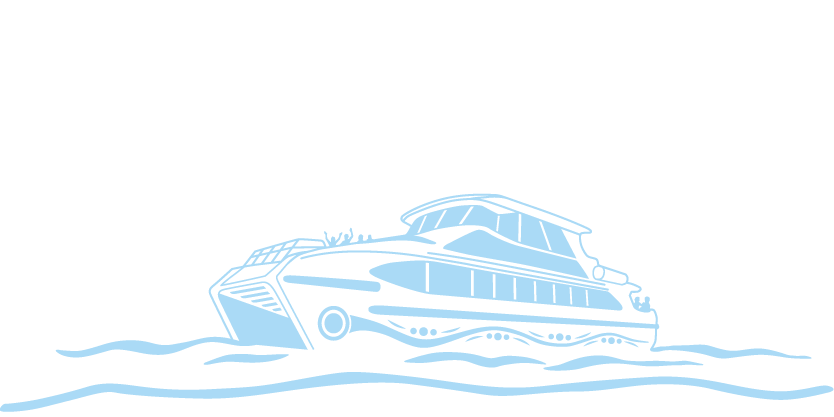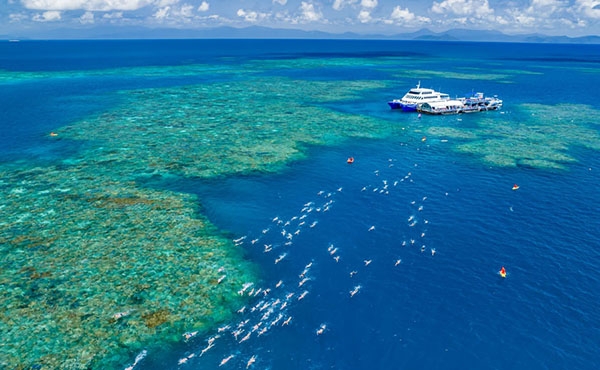The impacts from port activities range from direct removal of habitat, for example, by capital and maintenance dredging of the seafloor, through to indirect environmental impacts, such as intermittent noise pollution (Section 5.8.3), dust, spills (cargo and pollutants) and light pollution from port infrastructure. The range of pressures on the environment are well documented.1430,1431 Weighing up the degree of impacts from each type of port-related activity requires a site-specific assessment taking into consideration characteristics such as the local environmental conditions, volume of material dredged or dumped at sea, the type of dredging undertaken (capital or maintenance) and the configuration of port infrastructure.1432
Since 2019, port-related research has focused on expanding our understanding of how local environmental conditions, including resuspension of sediments, prevailing winds, tides and currents affect sediment loads and availability of benthic light. Understanding the spatial and temporal scale of the impacts from dredging activities (dredging and disposal of dredge material), and how these factors interact, is key to managing some of the impacts of maritime port development. In the Region, the major port dredging campaigns are generally restricted to the major trading ports. The local sediment and benthic characteristics of the 12 ports in the Region vary.
The impact of increased sediment due to dredging and disposal, and the extent to which sediment is resuspended by wind and waves, continues to be a focus of research and monitoring. New evidence continues to strengthen the hypothesis that port activities have adverse impacts on the marine environment at a local scale, but broader effects are more limited. In one 2019 study conducted outside the Region, the silt and clay content of the seabed was found to be 5-times higher after dredging, and it remained up to 2.5-times higher than the pre-dredging levels for up to 3 years after the dredging activities were completed.1433 The in situ observations were used to analyse sedimentation and deposition rates at various distances from the dredging site. The majority (90 per cent) of the turbidity and light effects dissipated at around 20 kilometres from dredging site. The biological effects, including smothering of corals, were generally restricted closer to the dredging site (approximately 3 kilometres).1433 However, more sensitive species may still be affected at further distances. A 2020 finding suggests that even in the presence of dredging activity, wind and waves can be the dominant drivers of turbidity and are often localised.1434
Reef organisms are affected differently by changes in environmental conditions. The frequency and intensity at which they are exposed to these changes will also affect an organisms’ response. Acute and chronic exposure to reduced water quality caused by suspended dredging material will yield different physiological responses in benthic organisms that rely on photosynthesis for growth and survival.1434 For example, the hard coral Pocillopora damicornis is sensitive to reduced light and may be a useful indicator of low light stress in coral communities during dredging.679,1435 Port development rather than flooding may explain demographic variation in Australian humpback dolphins.515
Management measures, such as environmental windows (periods of go-slow or, in some cases, no dredging), can minimise impacts to the values of the Region during periods of coral spawning, seagrass recruitment 1436 and turtle breeding, and immediately following severe weather events.1408,1437,1438
Other impacts, such as marine debris, artificial light and impacts on the Region’s aesthetic values can also result from port operations. Although the impacts of artificial light on some marine organisms are generally understood, light impacts from ports remains a knowledge gap. A report published in 2020 suggests that direct measurements of benthic light availability during dredging activities provide more ecologically relevant measurements than assessment of the water clarity.1434 Measurements of particle size distribution and volume concentration profiles have become more common during dredge campaigns.1439,1440 Budget and time constraints continue to be barriers to comprehensive data collection and analysis.1441


